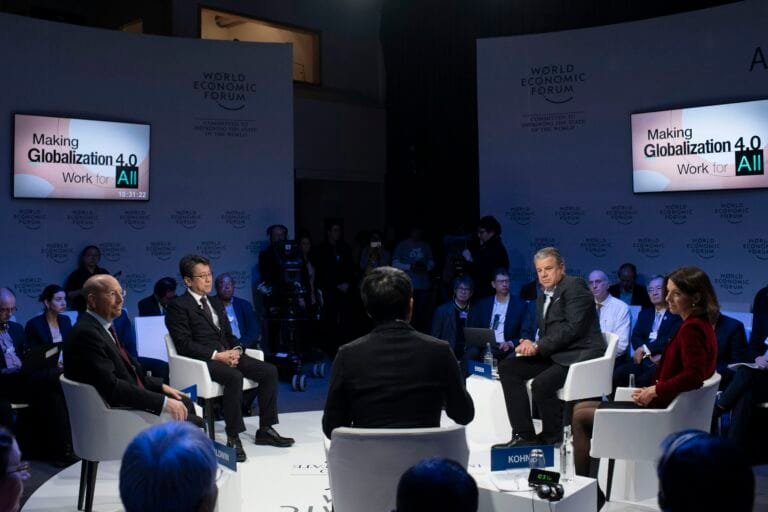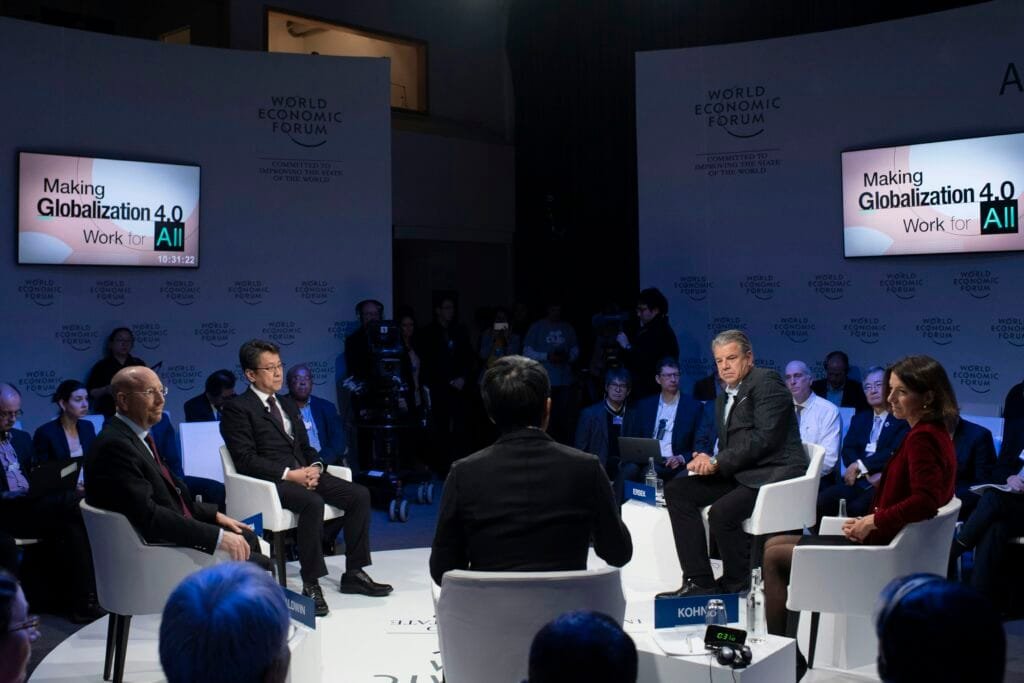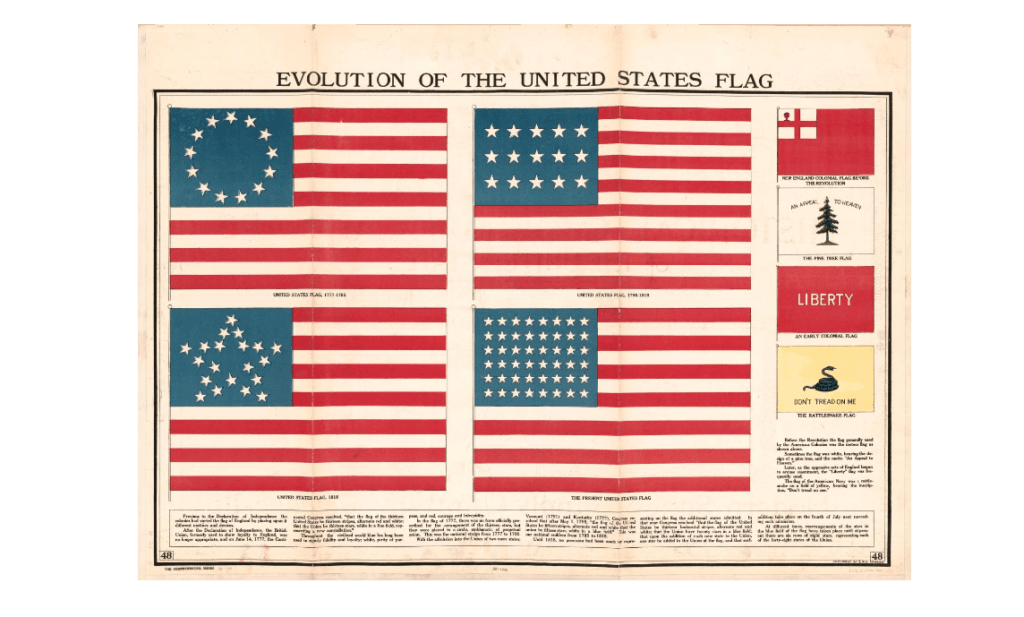The emergence of multilateral groups in the post-World War II era was seen as a way forward to avoid conflict and devastating competition. Multilateral groups such as the United Nations, the International Monetary Fund, and the World Bank were seen as possessing the capabilities to institutionalise cooperation in international relations. However, owing to the preponderance of hitherto dominant powers in the groups, and the lack of effective reforms has given rise to declining trust in the groupings. The rise of China and its effective usage of its leverage to shape agendas in these groupings, often at the expense of smaller powers has led to further logjam in these institutions. However, China as a player also presents smaller powers with possible opportunities to leverage their economic strengths, even though these players may have active military conflicts with China. An example of a region, in which several countries have active military conflicts with China, and yet they try to leverage economic partnerships with China is Southeast Asia.
Southeast Asia historically has been a region that has suffered effects of great power rivalry between the United States (US) and the Soviet Union. The Southeast Asia War (1961-73) was a result of the US policy called ‘containment’ which sought to hold down the spread of communism to its early Cold War boundaries. The main US goal in the War was to protect South Vietnam from a conquest by communist North Vietnam. Southeast Asia has also seen a war with China. In February 1979, Chinese forces launched a surprise invasion of Northern Vietnam and captured several cities near the border. The background to the war was from 1978, when Vietnam had invaded and occupied Cambodia, ending the rule of the Chinese-backed Khmer Rouge. The Sino-Vietnamese war lasted a month with China withdrawing its troops in March 1979.
In the 21st century, both the US and China are important players in Southeast Asia. The relationship between the U.S. and the Association of Southeast Asian Nations (ASEAN) is an important one, as more than 6200 US companies operate across the region, employing about one million people, and all 50 US states export to ASEAN, supporting about 625,000 U.S. jobs. More than 50,000 students from the region study in the U.S. every year. With regards to China, ASEAN is linked to it by numerous infrastructure projects, an example of which is the China-Laos Railway which opened in 2021. China is also actively pushing the Belt and Road Initiative (BRI) in Southeast Asia with promises of win-win cooperation.
While the ASEAN as a grouping has been more successful than most other regional groupings in the world, divergences in the national interests of the member groups and tilts towards either the US or China often thwart cooperation. To begin with, not all the ASEAN members have a territorial dispute with China. The Philippines, Vietnam, Malaysia, and Brunei have active disputes with China in the South China Sea, or what is also called the Southeast Asia Sea; while Myanmar, Cambodia, Indonesia, Laos, Singapore, and Thailand do not have the same despite with China.
To further issue-based partnerships with either the U.S. or China, or even with members of the ASEAN, countries in the region are increasingly looking at the option of minilateral groupings. Minilaterals go beyond bilaterals but are not equal to networks or blocs. They are easier options for states to rethink regional geographies. Engaging in smaller, informal, more targeted, interest-based groupings to work on various contentious issues provides states with easier resolution mechanisms. Minilateral arrangements occupy the space between bilateralism, with both the US and China respectively, and a broader regional multilateralism, such as the ASEAN, and are increasingly flexible, exclusive, and functional. Examples of such minilaterals include the 1994 Brunei-Indonesia-Malaysia-Philippines East ASEAN Growth Area (BIMP-EAGA), Malacca Straits Patrol (MSP) organised between Indonesia, Malaysia, Singapore and Thailand, the Trilateral Cooperative Arrangement (TCA) of Indonesia, Malaysia and the Philippines. Reportedly, the Philippines is also exploring quadrilateral engagements with the U.S., Australia and Japan. There are several minilateral engagements that Vietnam has also undertaken with partners such as Japan and India.
The question that arises here is to what extent can the U.S. and China leverage multilateral groupings against each other in the great power rivalry in Southeast Asia. In the existing minilaterals that Southeast Asian countries have with each other or with either the US or China, one dominant trend is visible. The issue-based convergences that Southeast Asia finds with China are largely on economic engagements, while the issue-based convergences that Southeast Asian countries find with the US are often military. If the US needs to outdo China in minilateral engagements, it will have to step up its game in economics, the way China has. If China wants to outdo the U.S. in Southeast Asia in minilaterals and win the members’ 100% trust, it will have to give up the threat it poses to the members’ sovereignty. The sacrifice either the US or China is willing to make to win the great power competition in Southeast Asia, using minilaterals as a forum will be an important decider of the winner!
This article is authored by Sriparna Pathak, associate professor, Chinese Studies and International Relations, Jindal School of International Affairs, OP Jindal Global University, Sonipat.













